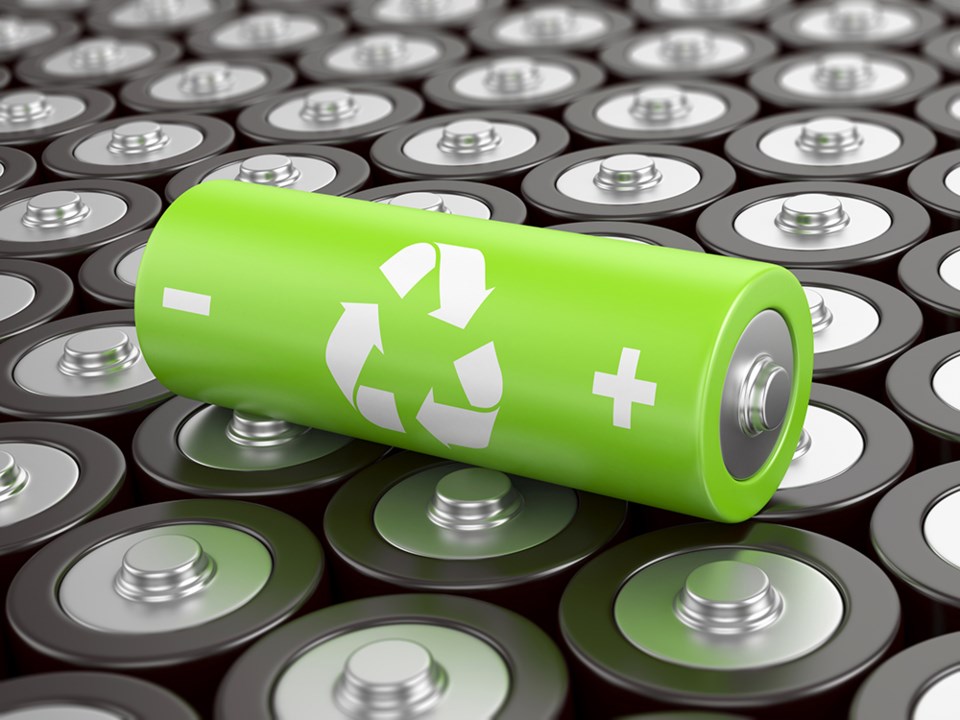The catchall drawer. Some of us have one – the place where elastic bands hang out with thumbtacks, old keys and batteries.
You might wonder if this is the best place for the latter, but never had the time to get charged up enough to do the research.
Simply put, household batteries are best stored in cool and dry storage and disposed of through community recycling programs. Rechargeables are the most economic and environmental choice.
Not all batteries are created equal, however, and understanding just what that means can illuminate this further. The average single-use alkaline AAA, AA, C, D, 9-volt or button-cell battery consists of a steel casing, an electrolyte chemical paste made of zinc, manganese, potassium and graphite, and a small amount of paper and plastic.
Rechargeable household batteries are usually lithium-ion.
Both kinds are readily recyclable as well as highly toxic in the wrong environment, so proper storage and disposal are key to your health and that of the planet.
Keeping your batteries cool helps them hold their charge longer, but refrigerator storage isn’t recommended because of potential moisture levels and proximity to food should the battery begin to corrode. The white crystals that form on neglected, poorly stored batteries is potassium carbonate; this strongly alkaline material is water soluble and can create chemical burns if in contact with skin.
Long term storage will result in a battery losing its charge, but beware of expiration dates for single-use batteries as they usually indicate the point at which 80 per cent of the charge still remains. Investing in a simple battery charge tester takes the guesswork out.
Rechargeable lithium batteries are also affected by temperature and will lose their charge over time. It’s important not to let these discharge fully as this leads to damage of the anodes, with six months being the point of possible no-return.
Overall, it’s still the better buy and earth-friendly choice to invest in rechargeable batteries, so long as you follow the above recommendations. While it’s true that disposable batteries last longer than rechargeables for the first charge, they are then headed for recycling after their short life.
Rechargeable lithium-ion batteries that are properly maintained are expected to last two to three years or 300 to 500 charge cycles, whichever comes first. Certain devices are better choices for rechargeable batteries, particularly anything that is used frequently and has a high power draw, like wireless computer equipment, game remotes and toys.
Batteries tossed in the trash are associated with landfill fires that can burn underground for years and their corrosive chemicals can contaminate ground and surface water. Fortunately, proper disposal is convenient, with many drop-off locations available.
All of qathet Regional District’s recycling depots, along with Canadian Tire and RONA, receive household batteries for free. Placing tape on the battery’s contact points helps isolate the terminals and prevents short-circuiting, which can lead to sparking and fire.
If you have a lot of button batteries, it’s best to place them on two strips of tape apart from each other for the same reason.
Batteries are highly recyclable, being filled with reusable earth elements that are otherwise toxic in the wrong place. Thank you for caring enough to keep them out of the environment.
Let’s Talk Trash is qathet Regional District’s waste-reduction education program. For more information, email [email protected] or go to LetsTalkTrash.ca.





